
Eosinophilic esophagitis (EoE) is still a new, rare disease and as such providers would benefit from more education about this condition, said Colette Romero, whose son has EoE.


Eosinophilic esophagitis (EoE) is still a new, rare disease and as such providers would benefit from more education about this condition, said Colette Romero, whose son has EoE.
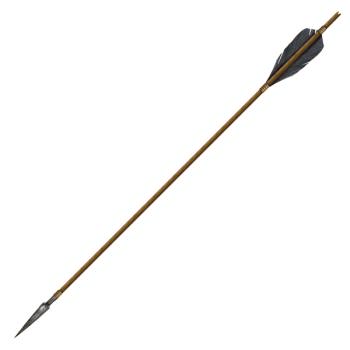
Administering dupilumab for other atopic conditions, including atopic dermatitis (AD) and asthma, in patients who also have eosinophilic esophagitis (EoE), resulted in improved EoE symptoms.

Patients with chronic rhinosinusitis with nasal polyps (CRSwNP) who have comorbidities were more likely than those without co-occuring conditions to require revision endoscopic sinus surgery over a 10-year period.

Eosinophilic esophagitis (EoE) has a psychological impact on children and families with the condition, says Colette Romero, who advocates for more awareness of the condition.

In Poland, the prevalence of chronic rhinosinusitis with nasal polyps was shown to be greater in men, elderly individuals, and those living in urban areas.

Abstracts presented at a recent meeting of allergists and immunologists explored early factors in disease development of eosinophilic esophagitis (EoE) as well as symptoms reported by parents and children.

The nasal polyposis quality of life (NPQ) questionnaire was shown to be valid, reliable, and sensitive to individual changes in evaluating the health-related quality of life of patients with chronic rhinosinusitis with nasal polyps.

During the annual meeting of the American Academy of Allergy, Asthma and Immunology, presenters said findings from a second phase 3 trial of dupilumab for eosinophilic esophagitis (EoE) continued to show the biologic improved symptoms in adults and adolescents.
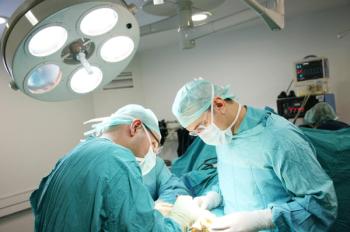
Polyp recurrence occurred in more than 1 in 3 patients with chronic rhinosinusitis with nasal polyps who underwent endoscopic sinus surgery, with several prognostic factors linked with recurrence.

Patients with chronic rhinosinusitis (CRS) with nasal polyps reported significantly reduced anosmia prevalence when given dupilumab vs placebo.

Colette Romero, an advocate for eosinophilic esophagitis (EoE) awareness, discusses the steps her family went through to find a therapy plan that worked for her son.

Asthma, aspirin-exacerbated respiratory disease, and nasal cytology were identified as predictors of chronic rhinosinusitis with nasal polyps recurrence.

Eosinophilic esophagitis is a complex disorder with significant health burdens and a recent review described how management strategies have changed over time.

Diagnosis delays in eosinophilic esophagitis (EoE) are common, and Colette Romero's son had symptoms soon after birth but was not diagnosed until age 3.

Researchers reviewed advances in the management of chronic rhinosinusitis, with and without nasal polyps, from 2020 to 2021.

Patients with chronic rhinosinusitis with nasal polyps who had elevated serum amyloid A (SAA) levels were more likely to achieve disease-controlled status vs those with low SAA levels after endoscopic sinus surgery.

This retrospective study using administrative claims data examining health care resource utilization (HCRU) found that in the months before a diagnosis of eosinophilic esophagitis (EoE), other diseases were more commonly diagnosed.
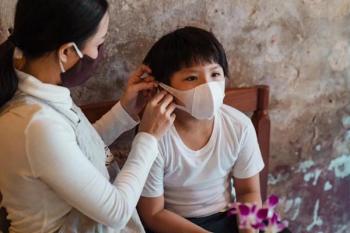
Researchers discuss contributors to nasal polyp development in children, as well as the risk of co-occuring conditions and current methods of treatment.

Sinonasal CT scores were associated with several prognostic features in the disease course of chronic rhinosinusitis with nasal polyps, including blood eosinophil counts and risk of relapse after endoscopic sinus surgery.
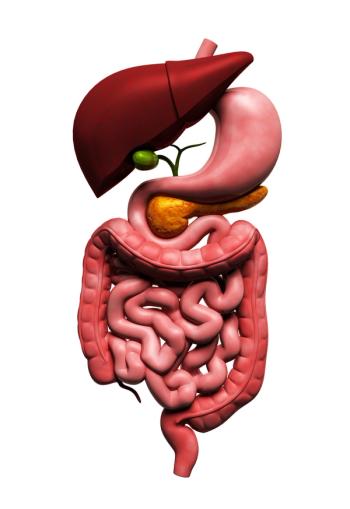
A recent study examined a possible association in children diagnosed with celiac disease and eosinophilic gastrointestinal disorders.

Lower health care utilization was shown in patients with chronic rhinosinusitis, with and without nasal polyps, who had steroid-eluting implants vs those who did not in the 18 months following endoscopic sinus surgery.

Mepolizumab was found to reduce nasal polyp size and nasal obstruction in patients with chronic rhinosinusitis with nasal polyps regardless of the presence of potentially exacerbating comorbidities.
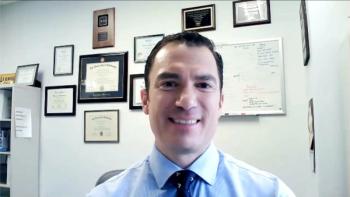
David R. Stukus, MD, FACAAI, of Nationwide Children's Hospital and The Ohio State University College of Medicine, and a board member of the American College of Allergy, Asthma & Immunology, discusses guidelines for eosinophilic esophagitis, as well as some disease patterns that may occur.

Patients with chronic rhinosinusitis with nasal polyps were found to benefit more from the combination of endoscopic sinus surgery plus medical therapy vs medical therapy alone, although the minimal clinically important difference was not met.

For the first time, a major study showed that remission for peanut allergy can be achieved even in very young children using oral immunotherapy.

259 Prospect Plains Rd, Bldg H
Cranbury, NJ 08512
© 2025 MJH Life Sciences®
All rights reserved.
